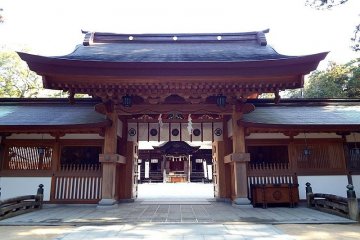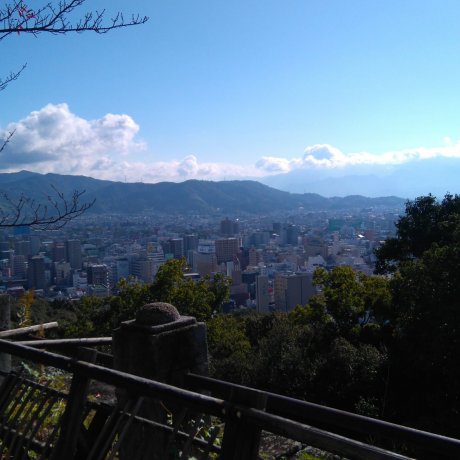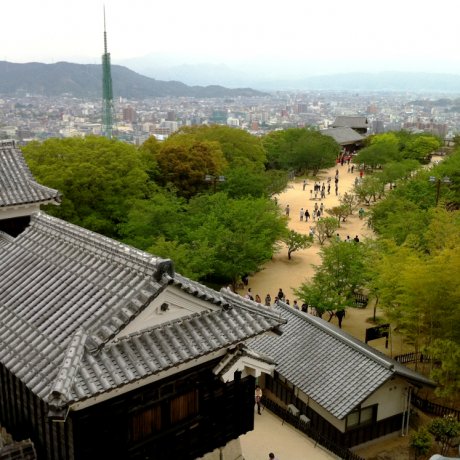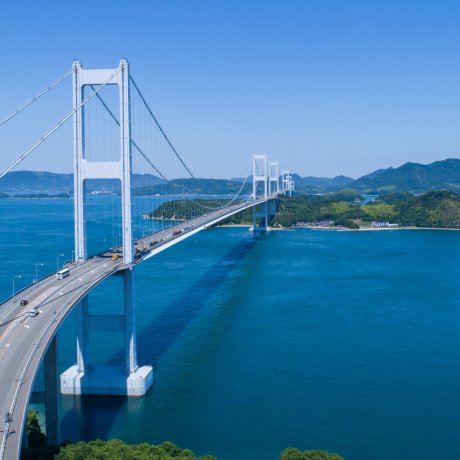

Ehime
Visit Dogo Onsen – the inspiration for Spirited Away
Top Attractions in Ehime


Kurushima Kaikyo Bridge

Oyamazumi Shrine

Matsuyama Castle
Upcoming Ehime Events

Tsubaki Matsuri 2026
Tsubaki Matsuri is one of Matusyama's most popular festivals, and one that is unique to the region.

Nanrakuen Plum Festival 2026
Each year from around late January through to early March, Ehime's Nanrakuen Garden is home to a plum festival which showcases..
Where to eat in Ehime

Culinary specialties of Matsuyama
Matsuyama and Ehime offer a variety of culinary specialties reflecting the geographic diversity of the region. The best advice is..

Taimeshi, an Ehime Delicacy
Tomomi ShibaEhime's traditional dish is taimeshi. Introducing two different types of local dish with the same name, and how they developed...

Imabari: Guide to Food
The people of Imabari are often said to be impatient, and this is reflected in the way they cook. Consequently, the region has produced..
Places to stay in Ehime

Kiya Ryokan
Kiya Ryokan in Uwajima is a stylish renewal of a historic inn. Guests can rent the whole building where Japan’s leading politi..

Elegant Run Of the Mill Ryokan in Dogo
Spa Ryokan Dougoya offers a ryokan-like experience in a stylish 1930s building in Dogo for travelers on a budget.

Hotel Patio Dogo
Tony MarianiThe Hotel Patio Dogo is a modern, comfortable hotel overlooking Dogo Onsen Honkan.
Latest Ehime Reports


Garyu Sanso: An Architectural Masterpiece in Harmon...
Veronica CarnevaleLocated in Ozu City along the Hiji River, Garyu Sanso is a breathtaking villa that whisks you away to early twentieth-century Japan...

Memorable Matsuyama
Arlene BastionMatsuyama has a lot of impressive and memorable attractions, but what prevails is really its air of unpretentious simplicity.






















